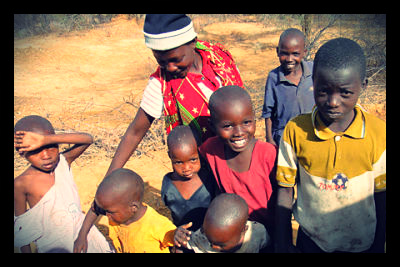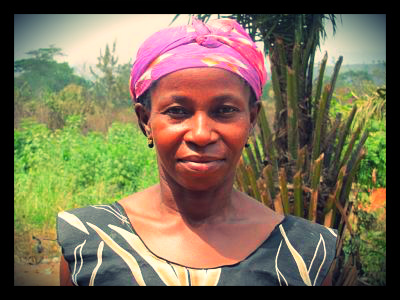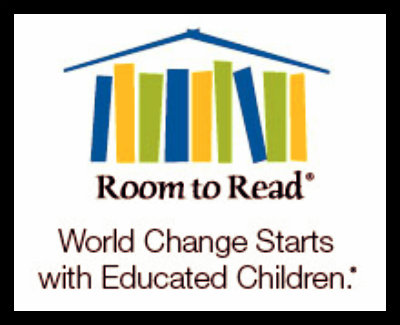
This week, as some of the best and brightest students in the country graduated from Harvard, a select few received an additional bonus: $50,000 to use their degree to make the world a better place.
The 19 graduates who received the bonus have been part of the Harvard Business Leadership Fellow Program, which sets students up with one-year fellowships in nonprofit and public-sector organizations. Harvard subsidizes the fellowships, with each student receiving $50,000 in addition to the $45,000 paid by the organizations.
Since its inception in 2001, 106 students have been recipients of the grant and, after successful completion of the one-year programs, 90% of the students have been asked to stay on. According to the university, one-third of these students still work at the organization that hired them, and one-third have moved to a different job within the same sector.
This year, graduates will work at a variety of organizations including Oxfam America and Endeavor Global, a non-profit that helps emerging countries through its High-Impact Entrepreneurs program.
Since 1993, the Harvard Business School Social Enterprise Initiative has worked with students to create sustainable, high-impact social change. Thanks to Harvard Business School, these graduates will have the financial stability to work in the nonprofit industry, a sector that on average pays 30% less than for-profit organizations. “This program is a great opportunity for our graduating students to work in the nonprofit and public sectors,” said Harvard Business School professor Allen Grossman. “The program continues to grow as our students continue to give overwhelmingly positive feedback about working with partner organizations.”
– Chloe Isacke
Source: Impact,Harvard Business School
Photo: Bloomberg



